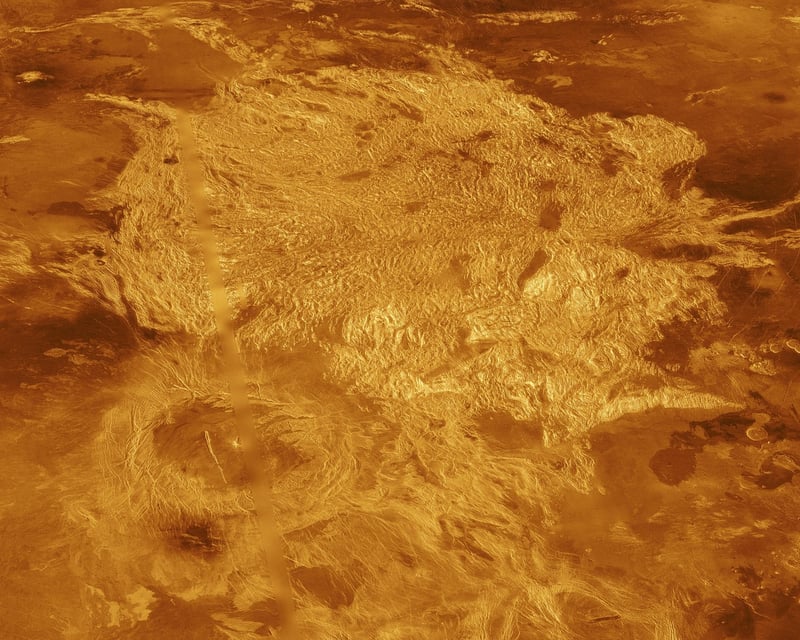Extreme Environments
The Fascinating Study of Extraterrestrial Life in Extreme Environments
Exploring the possibility of extraterrestrial life has captivated scientists and enthusiasts for centuries. What makes this search even more intriguing is the idea that life beyond Earth may exist in extreme environments that are vastly different from our own. From the depths of icy oceans to the scorching temperatures of desolate planets, the study of extraterrestrial life in extreme environments pushes the boundaries of our understanding of biology and the universe.
Extreme Environments: Where to Look?
When we think of habitable environments, our minds often drift to Earth-like conditions with moderate temperatures and liquid water. However, the universe is a vast and diverse place, offering a myriad of extreme environments that could potentially harbor life.
1. Subsurface Oceans
Moons such as Europa (around Jupiter) and Enceladus (around Saturn) have subsurface oceans beneath layers of ice. These oceans may provide the necessary conditions for life, shielded from the harsh conditions of space.

2. Extreme Temperatures
On Venus, where temperatures can soar above 450°C (842°F), certain high-altitude regions may have more moderate conditions. Similarly, the possibility of life existing in the extreme cold of Pluto cannot be ruled out.

3. Acidic Environments
Acidic environments on Earth, such as the Rio Tinto in Spain, host extremophiles that thrive in highly acidic conditions. These extremophiles provide insights into the potential for life in acidic environments elsewhere.

The Search for Extraterrestrial Life
Scientists use various methods to search for signs of extraterrestrial life in extreme environments. From rovers exploring the surface of Mars to telescopes scanning distant exoplanets for habitable conditions, the quest for alien life is a multifaceted endeavor.
1. Astrobiology
Astrobiology combines elements of astronomy, biology, and geology to study the potential for life beyond Earth. By understanding the fundamental requirements for life as we know it, scientists can narrow down the search criteria for extraterrestrial habitats.
2. Extremeophiles
Studying extremophiles on Earth provides valuable insights into the resilience and adaptability of life in extreme conditions. By examining how these organisms survive and thrive, researchers can extrapolate to consider where similar life forms might exist in the cosmos.
Conclusion
The study of extraterrestrial life in extreme environments is a captivating field that challenges our perception of life's limits. By expanding our search to include a wide range of extreme conditions, scientists are uncovering new possibilities for where life beyond Earth could exist. As technology advances and our understanding deepens, the quest for extraterrestrial life continues to push the boundaries of scientific exploration.
